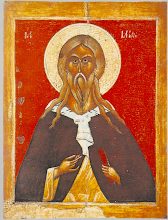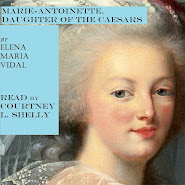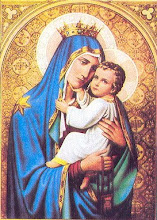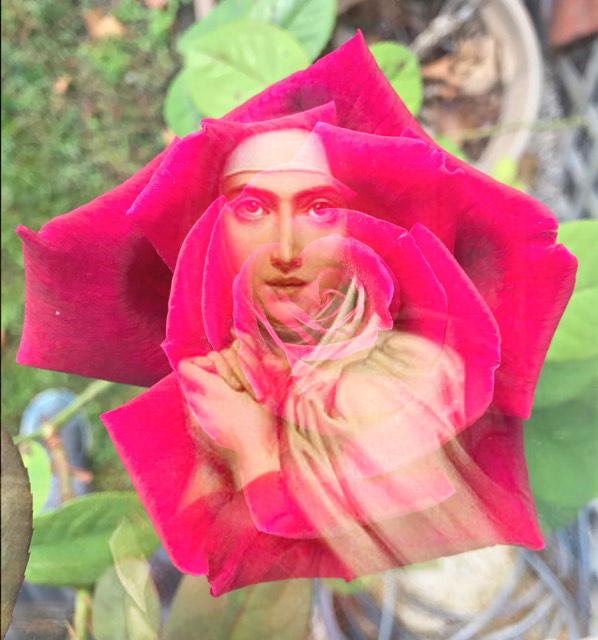In the spring of 1851 the Benedictines of Perpetual Adoration of the Most Blessed Sacrament of the Monastery of Arras, being already devoted to the Holy Face through the influence of Saint Gertrude the Great, gave the Carmel of Tours several reproductions of the image of the Holy Face venerated in Saint Peter's Basilica in Rome. (From the Carmel of Tours the devotion would reach the Carmel of Lisieux where it became a profound influence on Saint Thérèse of the Child Jesus and of the Holy Face, Doctor of the Church.) This particular image of the Holy Face became famous after an astonishing miracle that took place in January 1849, during the exile of Blessed Pope Pius IX at Gaeta.
The Roman Miracle of the Holy Face: Epiphany 1849
It was customary on the feast of the Epiphany to expose for the veneration of the faithful the "Veronica's Veil" preserved with other sacred relics in the Vatican Basilica. The "Veil" was darkened by age, and the features of Our Lord's sacred countenance were no longer visible. On the third day of the exposition of the relic, before the eyes of numerous witnesses, the image of the Holy Face took on vivid colours and, in the midst of an unearthly light, became clearly visible, and this for three hours. The expression on the Holy Face was one of profound sorrow and of love. Alerted to the prodigy, the Canons of Saint Peter's ordered the bells rung, summoning the faithful to see the miraculous sign. A Notary Apostolic was called to take the depositions of the eyewitnesses; he drew up a document attesting to the miracle, which was then placed in the archives of the Vatican Basilica.
“Ghost” Daycare Centers in Minnesota
18 hours ago





















No comments:
Post a Comment